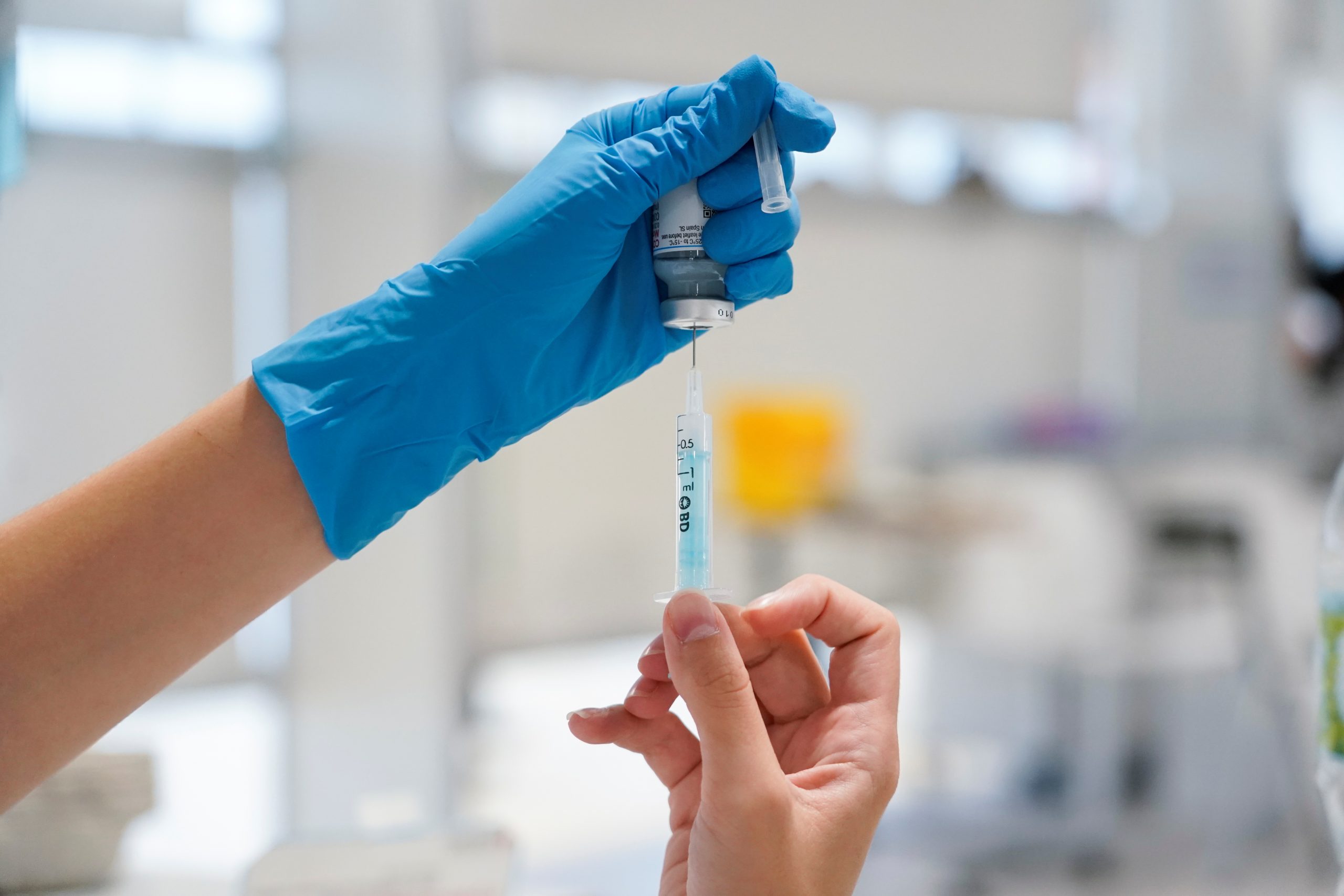
Lauren Dempsey, MS in Biomedicine and Law, RN, FISM News
[elfsight_social_share_buttons id=”1″]
Last week a study was published that found the BNT162b2, better known as the Pfizer BioNTech COVID-19 vaccine, showed considerable weakening of antibody responses and T-cell immunity to SARS-CoV- 2 and variants 6 months post- vaccination.
The study was conducted in response to reports of reduced efficacy, the emergence of variants that are resistant to antibody neutralization, and the potential lack of durability of immunity from vaccination. The report suggests that “a 3rd booster immunization might be warranted to enhance the antibody titers and T cell responses” due to the data collected.
This report highlights numerous contradictions made by government officials on the efficacy of COVID-19 vaccination.
CDC director Walensky stated that the “Vaccinated people do not carry the virus — they don’t get sick,” and “not just in the clinical trials, but it’s also in real-world data.” The CDC and director Walensky later backtracked as breakthrough cases increased and research began to show that the vaccinated and unvaccinated had similar viral loads.
If “Operation Warp Speed” had not pushed the research, development, and production of vaccines, would the initial research and data gathered from the COVID-19 vaccine clinical trials have revealed evidence of waning immunity? Could pharmaceutical companies have created a vaccine that triggered a more substantial immune response and perhaps provided greater protection for an extended length of time?
Considering the waning immunity from vaccination, variants, and the approval of boosters for certain demographics, it is important to understand that the Pfizer booster shot is the exact same vaccine that individuals received previously. It is not modified or altered in any way to be more effective or efficient against a particular variant.
To qualify for a booster shot an individual must have been vaccinated at least six months prior, and meet either an age or risk requirement. The pharmaceutical industry is quickly trying to develop additional vaccines for variants, much like the yearly flu vaccine. Similar to the yearly flu shot, these boosters would be a scientific guess as to which strain will be the dominant strain.
With most vaccines, boosters are recommended if an individual does not have natural immunity. The CDC-recommended vaccination schedule provides guidance on when initial vaccination for a disease, as well as when booster shots, should be administered. For example, it is recommended that a child receives the DTaP (diphtheria, tetanus, and pertussis) vaccine at ages 2 months, 4 months, 6 months, 15-18 months and then a booster shot between 4 and 6 years old in addition to a recommended booster every 10 years to maintain immunity.
While the purpose of booster shots is to improve the antibody and T-cell immunity production, it is no question that this will be lucrative for pharmaceutical companies. The United States has spent billions of dollars on vaccines from Pfizer, Moderna, and Johnson & Johnson. Each of these companies have made tens of billions of dollars supplying their vaccines globally to provide immunity to nations that are buying their products.
However, research is showing that the amount of time between the primary series of vaccination and a booster is an important factor in creating an antibody response. Experts suggest that the immune system may need more time between doses to create more durable immunity.
This then begs the question, if antibody and T-cell immunity decline 6 months post vaccination, how often will American’s need to get vaccinated against COVID-19 and how will this slow the spread if vaccinated individuals can still become infected and spread the virus?
